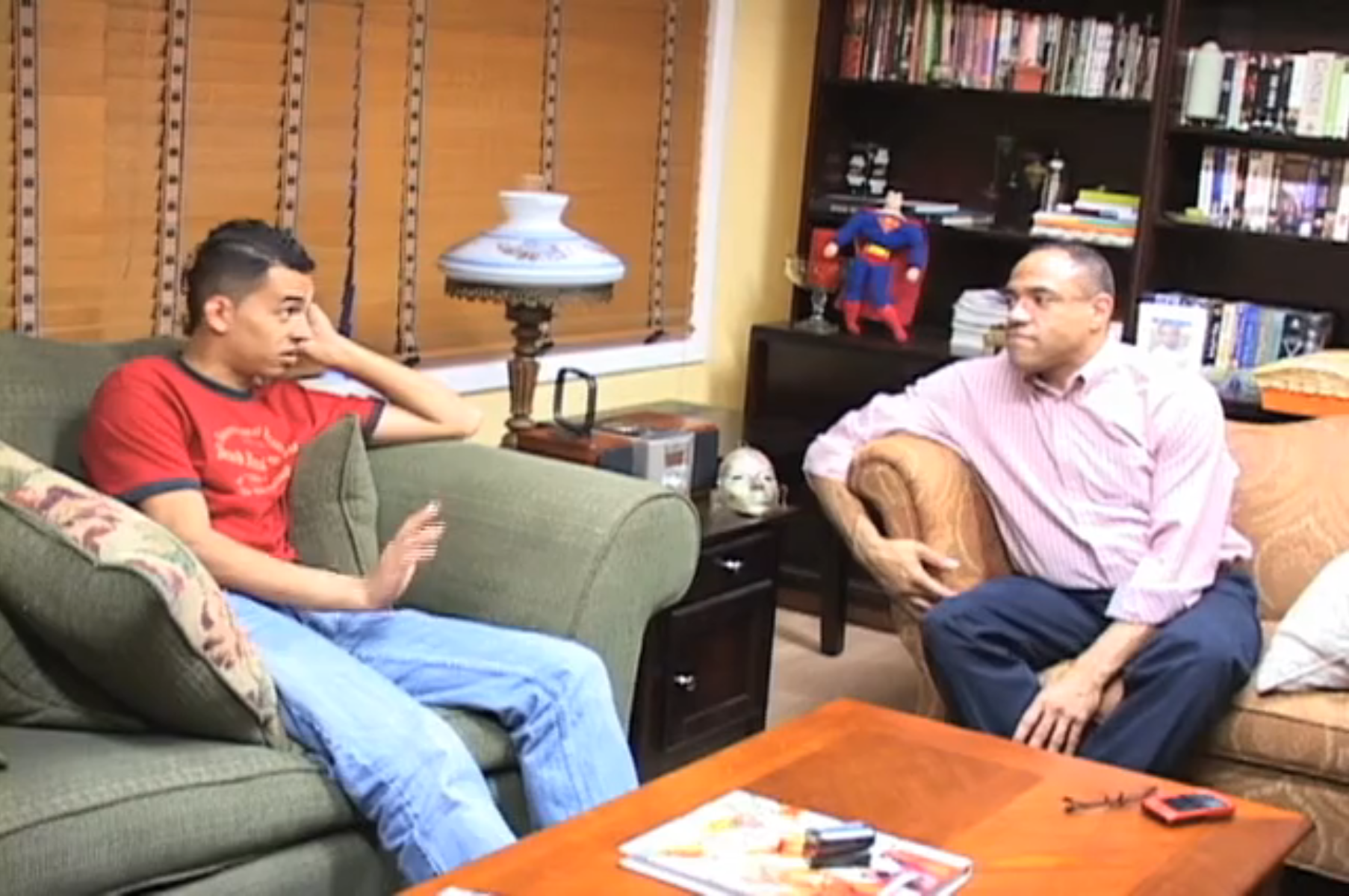Left Behind: Teens and Adoption
PRODUCED BY BRIDGET LEAHY
TEENS IN FOSTER CARE FACE BARRIERS TO PERMANENCY
Teenagers make up a third of New York State’s “waiting children” – some 6,000 kids within the child welfare system who won’t return to their birth families. Their parents’ rights have been terminated to free them for adoption.
Less than half of New York’s waiting teens will find adoptive families. The other half will “age out,” released from the State’s formal care at 21, without any family at all. The numbers mimic a national trend: the child welfare system is failing in efforts to achieve permanency for teens.
VIDEO STORY
 Related Content
Related Content
[Watch Now]
For many waiting teenagers, the road to aging out is paved long before one’s 21st birthday. Forty-eight states, including NY, have youth consent – to – adoption laws, which grant waiting children as young as ten the authority to accept or reject potential adoptive placements. If a child decides to refuse adoption, they may enter independent living (IL), a program offering life skills services to those who are likely to age out.
To kids who’ve spent many years in foster care, IL sounds appealing. They reject adoption because they’ve felt repeated rejection and “don’t think anybody wants them,” said Mary McCabe, a caseworker at YouGottaBelieve, a teen homeless prevention agency. She added that despite good intentions of IL, the program was never supposed to limit permanency for adolescents.
“Learning certain skills so you can live on your own is not a bad idea, but the problem is – it’s not instead of finding a mom or a dad,” said Barry Chaffkin, founder of Changing the World One Child at a Time, an organization that resolves issues of permanency for foster youth. “They [teens] need a family and they need independent living skills.”
Chaffkin confirmed both are possible, but overburdened caseworkers have placed the two in opposition. Once a kid chooses IL, he said, caseworkers often stop looking for adoptive families, sending the message that adoption is no longer achievable.
“Most of the adolescents believe that if they choose IL, then it’s case closed,” said Jarel Melendez, a youth advocate for Lawyers for Children. “Nobody is reinforcing to you that if you want adoption, it still is possible.” Furthermore, Melendez said that this maintains a belief within the system that teenagers are “unadoptable.”
A recent study by the Administration for Children and Families confirmed that women seeking to adopt from foster care showed an overwhelming preference to adopt a young child.
According to Jennifer Talley, a former “teen adoption specialist” at Pathways, a social services agency, the reason is that potential parents often have no knowledge of the child welfare system and assume that teens are still in care “through their own fault.”
“People are petrified of teenagers,” said Joe Toles, founder of The Joseph Toles Foundation, which offers summer camps for foster youth. “The whole teenager aura is mysterious, growing, changing, confrontational; age appropriate stuff that people kind of think would be different if they raised a child from a very young age.” He added “but you’re never in control of the outcome.”

Joe Toles adopted 18 year old Xavier Morales this year. Yet, just 3% of 18 year olds in foster care nationwide find families.
Toles arrived at this realization three months ago when he adopted 18-year-old Xavier Morales. Toles, initially looking to adopt a younger child, was surprised at how immediately the two connected.
“There was nothing wrong with him, nothing that would scare me more than it would a younger child,” said Toles. “It’s been a fantastic match, and somewhat of a surprise. I tell people he has always been my son and I’ve just been waiting to meet him.”
Morales spent seven years in the system – half in a juvenile detention center, and the other half in an IL group home. By 18, he was unaware that adoption was possible and was preparing to age out.“It was a really scary road going down,” said Morales. “If I wouldn’t have met my dad and grew out of the system, I don’t think I could have survived very long.”
Toles and Morales use the Joseph Toles Foundation as a platform to show apprehensive parents “what could be,” but both agreed that more needs to be done to emphasize the problem.
The Solution
So far, the Children’s Bureau within the Administration for Children’s Services (ACS) developed a series of public service announcements pertaining to foster teen adoption.
“The slogan ‘you don’t have to be perfect to be a perfect parent: there are thousands of teens in foster care who would love to put up with you,’ is to step up recruitment efforts for these teens,” said Melissa Otero, campaign manager at the Ad Council, the PSA creator. Otero said that the PSA focus comes from trends in The Adoption and Foster Care Reporting and Analysis System (AFCARS) data from the Children’s Bureau. Since 2004, AFCARS has shown that teens wait the longest to be adopted.
In addition, the Adoption Incentives Program, launched to promote more adoptions from foster care by providing state grants, was recently reauthorized with higher incentives for older youth adoption, said Kenneth Wolfe, deputy director of public affairs at ACS. Wolfe noted states now receive $8,000, boosted from $4,000, for every adoption of children nine and over, adding that the awarded funds assist state’s child welfare programs. While New York has formerly received around 6 million dollars, the state hasn’t received grants since 2004; meaning decreases in adoptions, increases in aging out.
Despite being one of the lucky few, Morales left behind many friends still looking for families. “The system sets you up for failure,” he said cheating teens the chance to “live life.”